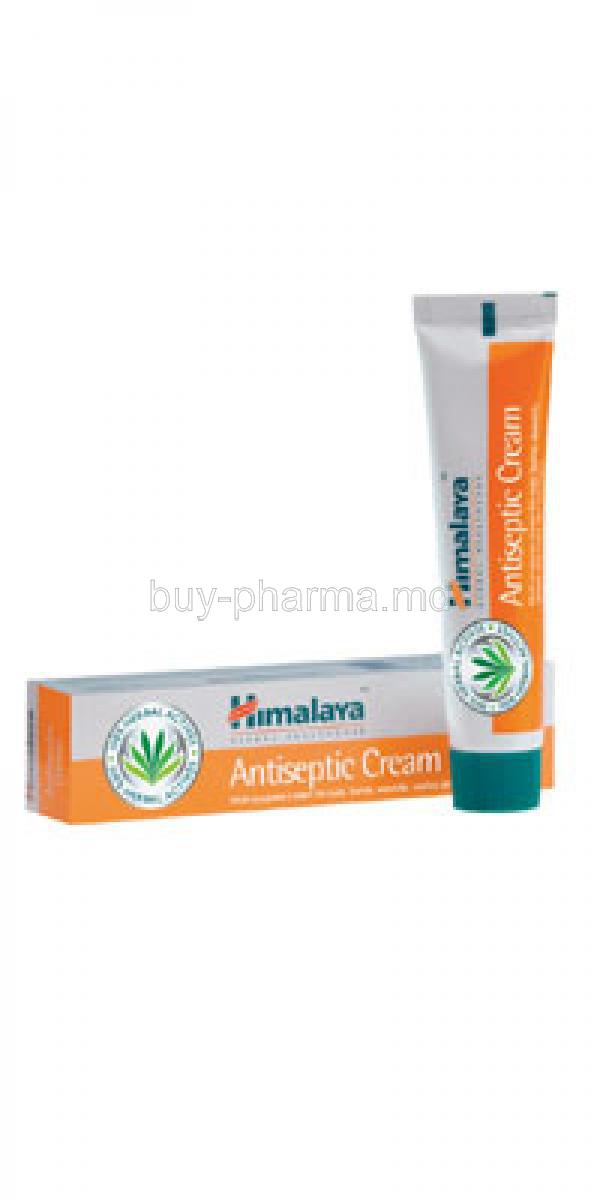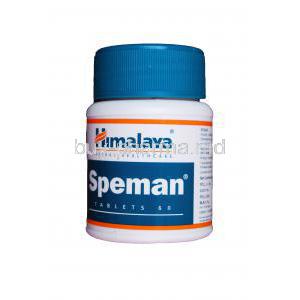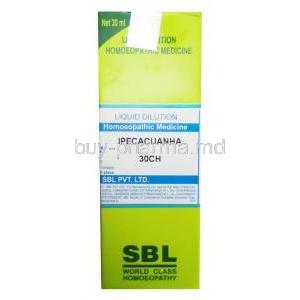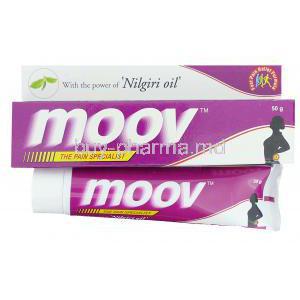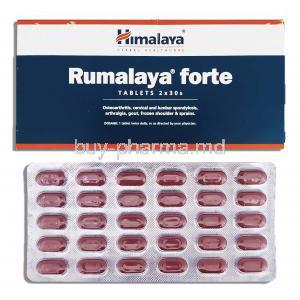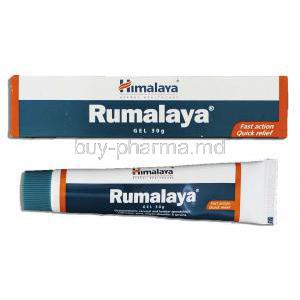Himalaya Antiseptic Cream
- 1. Introduction to Himalaya Antiseptic Cream
- 2. Therapeutic and Off-Label Uses of Himalaya Antiseptic Cream
- 3. Mechanism of Action: How Himalaya Antiseptic Cream Works
- 4. Composition and Key Herbal Ingredients
- 5. Dosage and Method of Administration
- 6. Side Effects and Risk Profile
- 7. Drug and Product Interactions
- 8. Warnings and Usage Restrictions
- 9. Contraindications for Use
- 10. Guidelines for Careful Administration and Monitoring
- 11. Important Precautions Before and During Use
- 12. Storage Instructions and Shelf Life
- 13. Administration in Special Populations
- 14. Overdose and Misuse: Risks and Management
- 15. Handling Precautions and Consumer Safety
1. Introduction to Himalaya Antiseptic Cream
Himalaya Antiseptic Cream is a renowned herbal formulation from the trusted Himalaya brand, celebrated for its commitment to Ayurvedic science and natural wellness. With a strong global presence, Himalaya has pioneered the integration of ancient botanical knowledge with modern research, ensuring safe and effective skin care solutions.
This cream is designed to provide a triple-action benefit: protecting the skin from infection, accelerating the healing process, and delivering antimicrobial defense. It's crafted with a blend of natural herbs known for their therapeutic properties, making it a holistic remedy for everyday skin troubles.
- Plant-based, dermatologically safe formulation
- Non-greasy, easy-to-absorb texture
- Widely trusted by households and healthcare practitioners
Over the decades, Himalaya Antiseptic Cream has earned consumer trust for its consistent quality and visible results in managing minor skin injuries and conditions.
2. Therapeutic and Off-Label Uses of Himalaya Antiseptic Cream
2.1 Primary Indications and Benefits
- First-aid treatment for superficial cuts, scrapes, and abrasions
- Soothes skin after insect bites and mild burns
- Prevents secondary infection in minor wounds
The cream acts as a barrier to microbes while promoting quick epithelial repair, making it ideal for minor skin injuries.

2.2 Off-Label and Alternative Uses
- Effective as an emollient for cracked heels and dry elbows
- Supplementary care for mild fungal infections
- Relieves irritation in post-surgical suture lines
- Applied as a tattoo aftercare moisturizer to reduce scabbing and support healing (non-standard use)
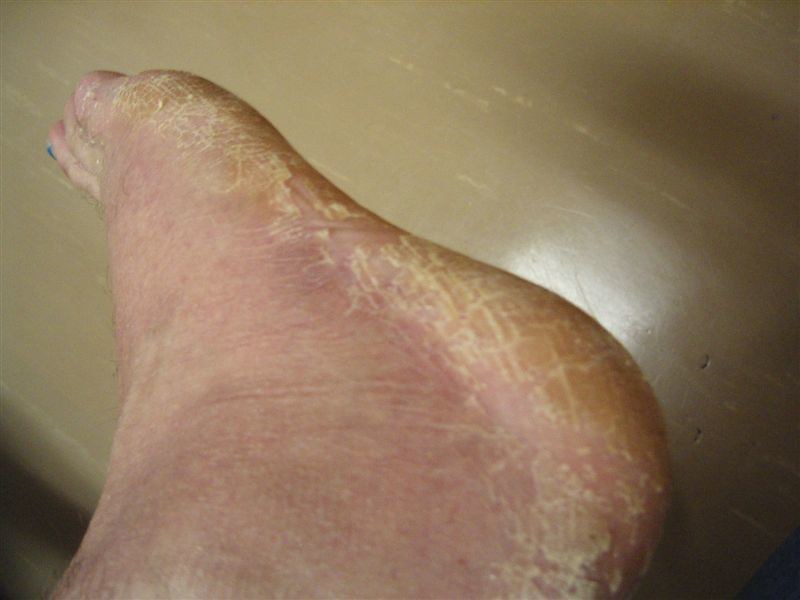
3. Mechanism of Action: How Himalaya Antiseptic Cream Works
Himalaya Antiseptic Cream harnesses the potency of its herbal actives to deliver multifaceted healing:
- Antimicrobial effects: Neem and turmeric disrupt microbial growth and colonization
- Regenerative action: Stimulates epithelial regeneration and collagen matrix repair
- Anti-inflammatory effects: Reduces redness, swelling, and local irritation
- Barrier protection: Forms a semi-occlusive shield over compromised skin

4. Composition and Key Herbal Ingredients
This cream contains a precise blend of active and supporting agents, formulated for synergistic performance:
- Neem (Azadirachta indica): Broad-spectrum antibacterial and antifungal properties
- Turmeric (Curcuma longa): Natural antiseptic and anti-inflammatory phytocompound
- Almond Oil: Emollient, rich in Vitamin E for deep nourishment
- Natural Zinc: Promotes healing, reduces skin irritation, and provides a mild astringent effect
Together, these ingredients form a plant-based complex that enhances wound healing while maintaining skin hydration and integrity.
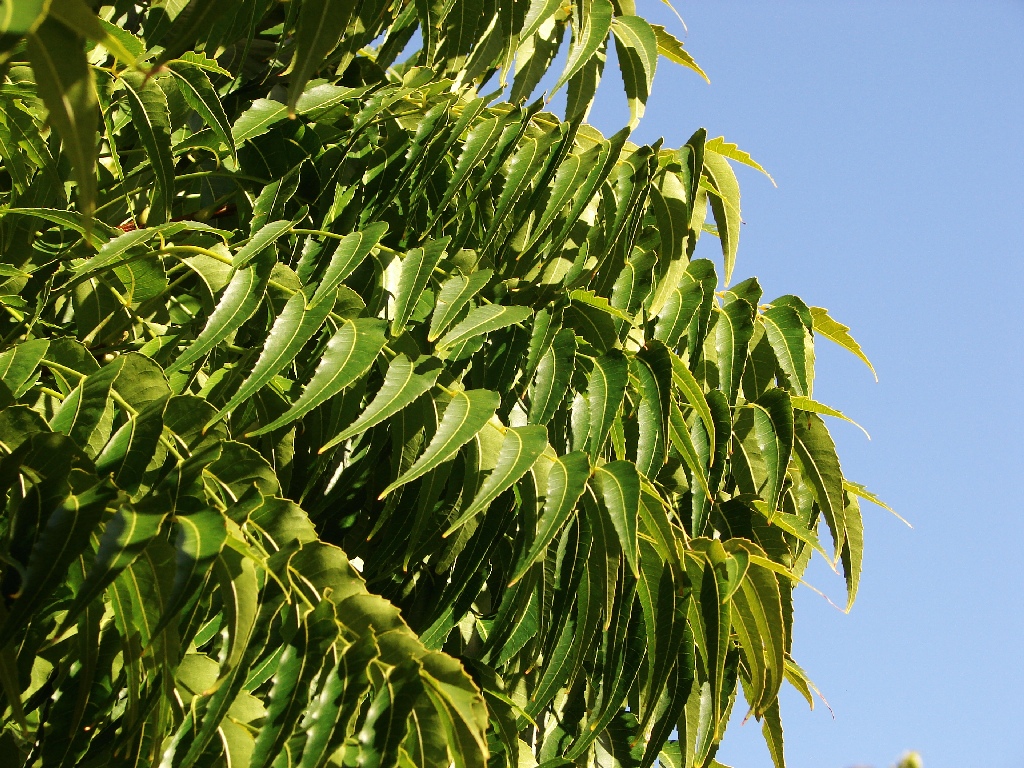
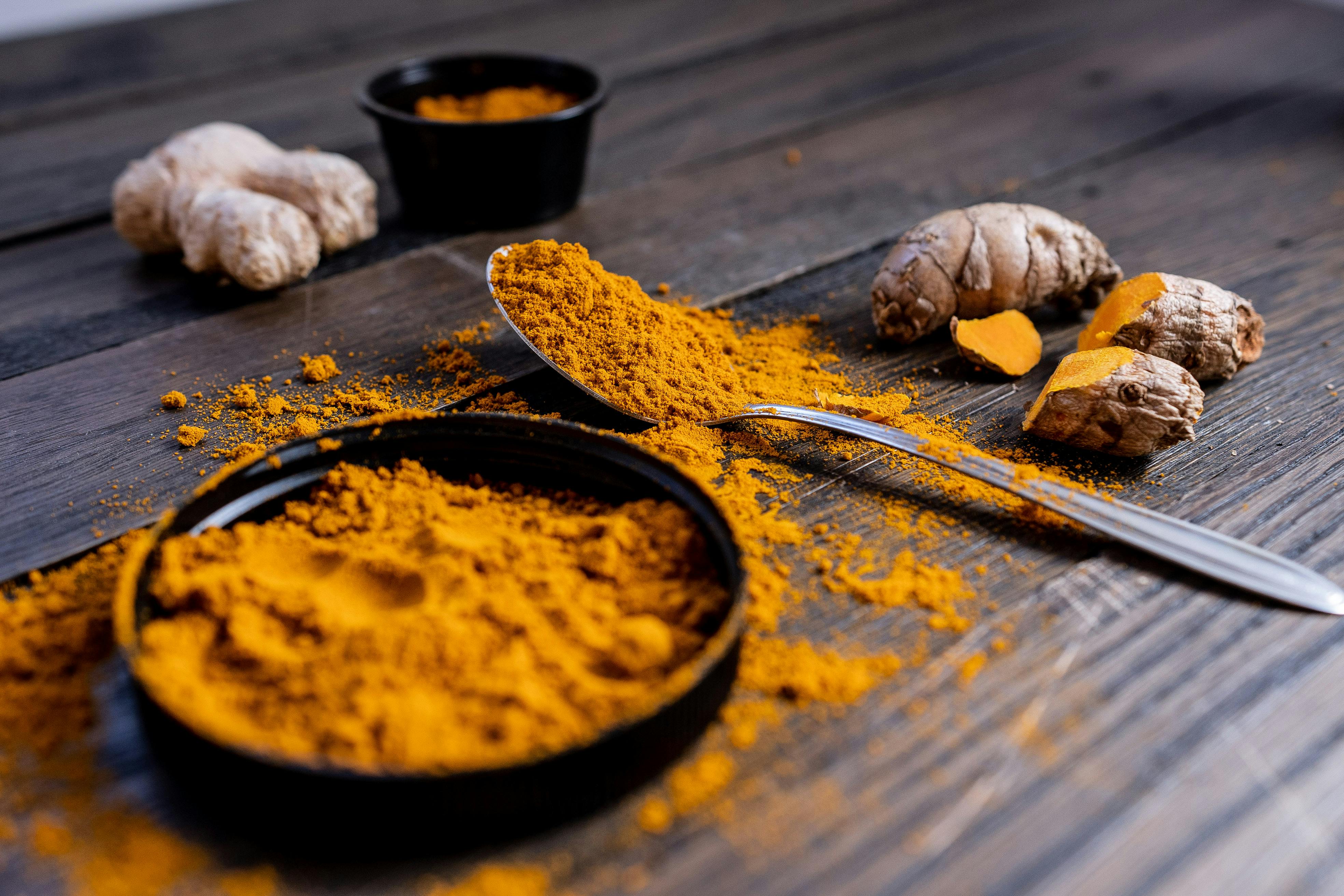

5. Dosage and Method of Administration
5.1 Recommended Application Instructions
- Apply 2-3 times daily or as directed by a healthcare provider
- Thin, even layer over the affected area
- Ensure the area is gently cleansed and dried prior to application

5.2 Special Instructions for Specific Uses
- For burns: Apply after cooling the burn under running water
- For cuts and wounds: Clean wound with saline before applying the cream
- For dry skin: Use as a moisturizing balm on problem areas
Continue application until symptoms subside or as medically advised.

6. Side Effects and Risk Profile
6.1 Common Side Effects
- Mild redness at the site of application
- Temporary stinging or tingling sensation
6.2 Less Common or Rare Reactions
- Allergic contact dermatitis in sensitive users
- Dry or flaky skin with overuse
Discontinue use if adverse effects persist or worsen.
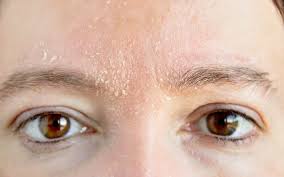
7. Drug and Product Interactions
Though topically applied, Himalaya Antiseptic Cream should be used with awareness of other skin treatments:
- Avoid combining with corticosteroid creams without physician advice
- Do not layer with synthetic antiseptics or alcohol-based products
- Ensure compatibility with other emollients or antifungal agents if co-administered
8. Warnings and Usage Restrictions
- Not suitable for puncture wounds or deep gashes
- Avoid contact with eyes, nose, and mouth
- Refrain from using on open, infected, or oozing skin without medical oversight
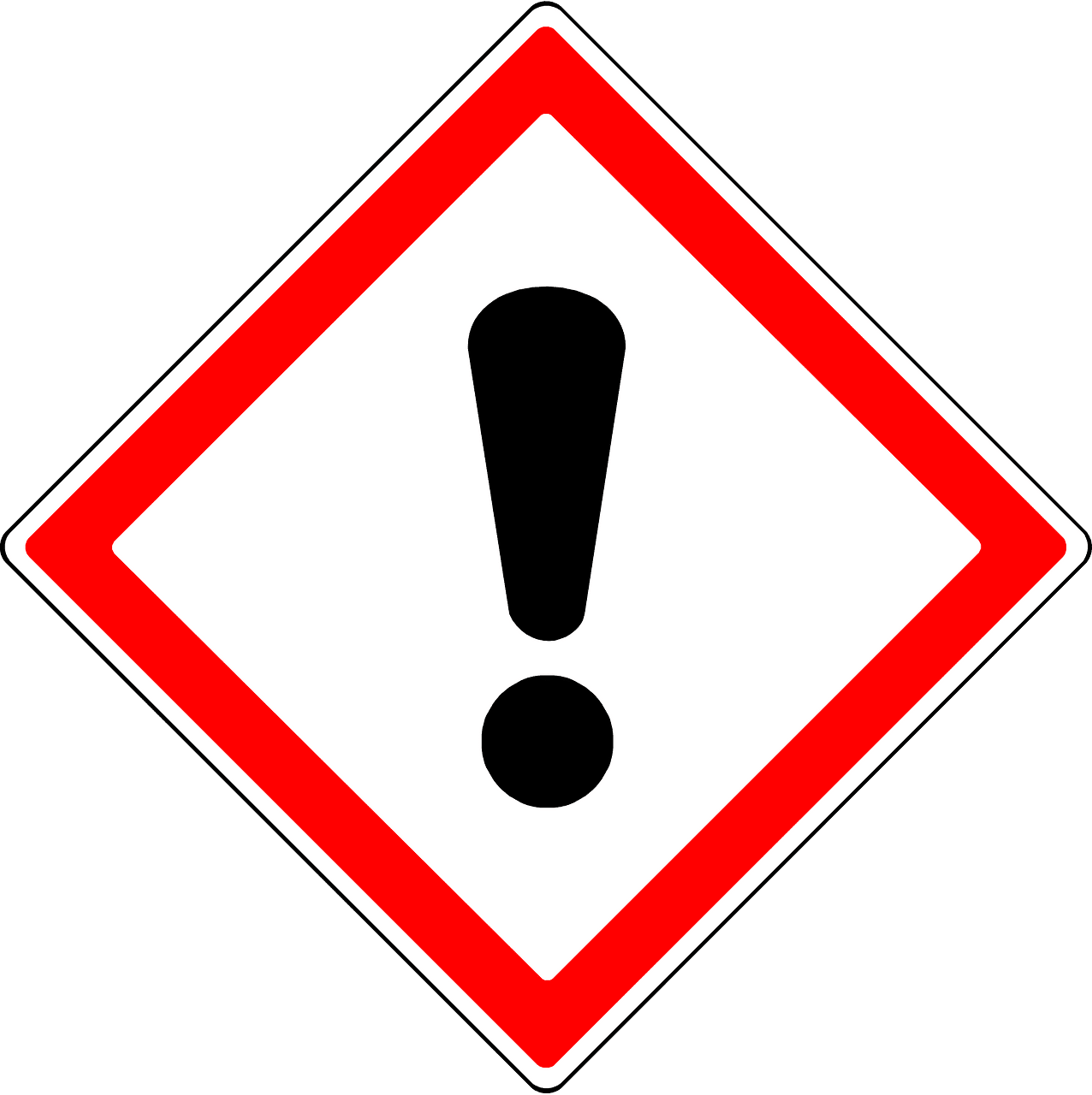
9. Contraindications for Use
- Individuals with known allergy to neem, turmeric, or any other listed ingredients
- Previous history of adverse reaction to herbal topical products
- People with hypersensitivity to zinc compounds should exercise caution
Perform a patch test before full use to ensure tolerance.
10. Guidelines for Careful Administration and Monitoring
Prudent usage of Himalaya Antiseptic Cream is essential to maximize its benefits while minimizing risk. For individuals with sensitive skin or a history of allergic reactions, it is recommended to begin with a patch test. Apply a small amount to the inner forearm and observe for 24 hours for any signs of irritation.
Patients with chronic dermatological conditions such as eczema or psoriasis should consult with a healthcare provider before incorporating the cream into their routine. These individuals may exhibit heightened sensitivity or altered skin barrier function, necessitating additional monitoring.
- Discontinue use if redness, swelling, itching, or discomfort persists beyond 48 hours
- Seek medical advice immediately in case of blistering, severe rash, or worsening of the affected area

11. Important Precautions Before and During Use
To ensure the safety and effectiveness of the cream, several application precautions should be observed:
- Avoid use under occlusive bandages or wraps unless specifically advised by a physician, as it may trap moisture and enhance absorption beyond safe levels
- Do not combine with exfoliating agents, retinoids, or chemical peels that may compromise the skin's barrier and increase sensitivity
- Exercise caution when applying on the face, especially around the eyes, nose, and mouth, where skin is thinner and more reactive
12. Storage Instructions and Shelf Life
Proper storage maintains the integrity and efficacy of the cream:
- Store at temperatures below 30°C (86°F) in a cool, dry place away from direct sunlight
- Keep the cap tightly closed to prevent contamination and preserve herbal potency
- Avoid exposing the product to extreme humidity or water ingress
Once opened, the cream should ideally be used within 12 months. Always check the expiration date printed on the tube or carton and dispose of any product past its shelf life.
13. Administration in Special Populations
13.1 Use in Elderly Individuals
In geriatric patients, skin is often thinner, less hydrated, and more prone to tearing or delayed recovery. Himalaya Antiseptic Cream may support wound care and hydration in such cases but requires vigilant monitoring:
- Apply gently without excessive rubbing
- Use smaller quantities initially to assess response
- Monitor for delayed healing or excessive dryness
13.2 Use in Pregnant and Nursing Women
The cream is formulated with naturally derived ingredients generally regarded as safe during pregnancy. However, it should be used with discretion:
- Consult a healthcare provider prior to use, especially in the first trimester
- Avoid application near the breast area in nursing mothers to prevent accidental ingestion by the infant
- Use only on intact skin and avoid prolonged or extensive coverage

13.3 Use in Children and Infants
Children have more delicate skin and higher absorption rates through the skin barrier. Therefore, cautious application is crucial:
- Suitable for children over 2 years old unless otherwise directed
- Use minimal quantity and apply to a limited area
- Conduct a pediatric patch test before first-time use
14. Overdose and Misuse: Risks and Management
Although topical overdoses are rare, overuse or misuse may lead to adverse effects:
- Excessive application may cause skin maceration, irritation, or a burning sensation
- Overlapping the cream with multiple other topicals may increase the risk of dermatitis
- In the event of an adverse reaction, immediately cleanse the area with mild soap and water
If symptoms persist or systemic reactions occur, seek prompt medical evaluation. Accidental ingestion requires urgent attention.
15. Handling Precautions and Consumer Safety
Adherence to hygiene and handling practices enhances safety and prolongs product usability:
- Wash hands thoroughly before and after each application
- Do not share the cream to avoid cross-contamination
- Keep the tube tip clean and avoid direct contact with wounds or fingers
- Dispose of any unused or expired product according to local waste management guidelines
Always store out of reach of children and pets to prevent accidental use or ingestion.
Himalaya Antiseptic Cream FAQ
- What is Himalaya antiseptic cream used for?
- What is antiseptic cream used for?
- What are the side effects of antiseptic cream?
- Where to put antiseptic cream?
- Can I put antiseptic cream on an open wound?
- Is antiseptic cream antibiotic?
- How many times a day should you apply antiseptic cream?
- What is Himalaya Antiseptic Cream used for?
- What are the key antiseptic and healing ingredients in Himalaya Antiseptic Cream?
- How does Himalaya Antiseptic Cream help with cuts and wounds?
- Is Himalaya Antiseptic Cream suitable for all skin types?
- How should Himalaya Antiseptic Cream be applied?
- Can Himalaya Antiseptic Cream be used on burns?
- Is Himalaya Antiseptic Cream effective for fungal infections?
- Can Himalaya Antiseptic Cream be used on babies and children?
- Is Himalaya Antiseptic Cream a substitute for prescription antibiotic creams for severe infections?
- What is Himalaya antiseptic cream used for?
- What is antiseptic cream used for?
- What are the side effects of antiseptic cream?
- Where to put antiseptic cream?
- Can I put antiseptic cream on an open wound?
- Is antiseptic cream antibiotic?
- Is Himalaya Antiseptic Cream suitable for all skin types?
- How should Himalaya Antiseptic Cream be applied?
- Can Himalaya Antiseptic Cream be used on burns?
- Is Himalaya Antiseptic Cream effective for fungal infections?
- Can Himalaya Antiseptic Cream be used on babies and children?
- Is Himalaya Antiseptic Cream a substitute for prescription antibiotic creams for severe infections?
What is Himalaya antiseptic cream used for?
The Himalaya Antiseptic Cream serves as a solution for addressing cuts and burns as well as skin infections and rashes—a handy remedy for everyday skin concerns.
What is antiseptic cream used for?
Antibacterial ointment is applied to cleanse the skin and wounds to eliminate or prevent the growth of germs that may cause infections.
What are the side effects of antiseptic cream?
Symptoms of a reaction can include a rash or hives on the skin, along with itching, redness, swelling, or blistering and peeling of the skin. Other signs to watch out for include difficulty breathing or swallowing, as well as tightness in the chest or throat. It's important to seek attention if you experience hoarseness or swelling of the mouth area including the face and lips as well, as the tongue or throat.
Where to put antiseptic cream?
Apply a quantity to the area that needs attention and reapply as necessary for use only. Avoid getting it in your eyes, ear canal brain, or other sensitive nervous tissues
Can I put antiseptic cream on an open wound?
Yes
Is antiseptic cream antibiotic?
No
How many times a day should you apply antiseptic cream?
2-3 times a day
What is Himalaya Antiseptic Cream used for?
It's an antiseptic ointment that helps with minor cuts and scrapes as well as burns and skin irritations by stopping bacteria from spreading and aiding in the healing process.
What are the key antiseptic and healing ingredients in Himalaya Antiseptic Cream?
Yashad Bhasma (Zinc Oxide), which has antiseptic and astringent properties, and Tankana Bhasma (Borax), known for its mild antiseptic action. It also typically contains herbal extracts like Aloe Vera (soothing and moisturizing), Five-Leaved Chaste Tree (Vitex negundo, anti-inflammatory and antibacterial), and Indian Madder (Rubia cordifolia, antiseptic and skin-healing).
How does Himalaya Antiseptic Cream help with cuts and wounds?
The antifungal components work to stop infections, in cuts and injuries by hindering growth while beneficial herbs such as Aloe Vera and Indian Madder aid, in skin healing and inflammation reduction.
Is Himalaya Antiseptic Cream suitable for all skin types?
For the part and in the view of things, it is deemed appropriate for various skin types in dealing with minor concerns; however, those with highly sensitive skin are recommended to conduct a patch test prior to widespread application.
How should Himalaya Antiseptic Cream be applied?
Ensure that you clean the impacted area carefully using a soap and water solution, then apply a layer of the ointment softly on the wound or irritated skin, repeating this process 2 to 2 times daily or whenever necessary.
Can Himalaya Antiseptic Cream be used on burns?
For burns, you can apply it to calm the area and reduce the risk of infection, but for severe burns, seeking prompt medical help is essential.
Is Himalaya Antiseptic Cream effective for fungal infections?
Although it possesses characteristics that combat bacteria, it isn't tailor-made as an antifungal ointment therapy option. For fungal infections, treatment usually necessitates the use of medications.
Can Himalaya Antiseptic Cream be used on babies and children?
Its usually thought to be okay to apply it on infants and kids, for skin problems; however it's an idea to talk to a pediatrician first before using any skin cream, on young children particularly for serious or ongoing issues.
Is Himalaya Antiseptic Cream a substitute for prescription antibiotic creams for severe infections?
Himalaya Antiseptic Cream is intended for minor skin problems. For serious or long-lasting infections, a doctor's prescribed antibiotic cream is recommended. If your skin problem gets worse or doesn't get better with the creams used, speak to a professional for guidance.
What is Himalaya antiseptic cream used for?
The Himalaya Antiseptic Cream serves as a remedy for addressing a range of skin concerns like cuts and burns, as well as skin infections and irritations.
What is antiseptic cream used for?
Antibacterial cream is applied to cleanse the skin and prevent or stop the development of organisms that may cause infections.
What are the side effects of antiseptic cream?
Symptoms indicating a response include skin reactions, such as rashes or hives, and respiratory issues like difficulty breathing or throat tightness.
Where to put antiseptic cream?
Please apply a quantity to the impacted region. Reapply as needed for external use only—make sure to steer clear of contact with the eyes or any sensitive nervous tissues, like the middle ear and meninges.
Can I put antiseptic cream on an open wound?
Yes
Is antiseptic cream antibiotic?
No
Is Himalaya Antiseptic Cream suitable for all skin types?
For the part it's believed to be okay, for skin types for minor problems; however, those with highly sensitive skin should do a patch test before using it on bigger areas.
How should Himalaya Antiseptic Cream be applied?
Make sure to thoroughly cleanse the affected area using soap and water, then delicately apply a coat of the cream to the wound or affected skin area. Repeat this process 2 to 4 times daily, as needed.
Can Himalaya Antiseptic Cream be used on burns?
For burns, you can apply it to ease the pain and protect against infections; For more serious burns, its important to get medical help right away.
Is Himalaya Antiseptic Cream effective for fungal infections?
Although it possesses disinfecting qualities that effectively combat bacteria, it is not designed exclusively as a treatment for infections. In cases of fungal-related ailments, a specialized antifungal remedy is typically recommended.
Can Himalaya Antiseptic Cream be used on babies and children?
It is commonly believed to be safe for application on infants and young children to address skin concerns; nevertheless, it's advisable to seek advice from a pediatrician before administering any topical treatment on young ones. Particularly, in cases of prolonged or widespread issues.
Is Himalaya Antiseptic Cream a substitute for prescription antibiotic creams for severe infections?
Himalaya Antiseptic Cream is specifically designed for addressing various skin problems. For serious or long-lasting infections, you'll need a doctor-prescribed antibiotic cream instead. If your condition gets worse or doesn't get better don't hesitate to consult a professional.

